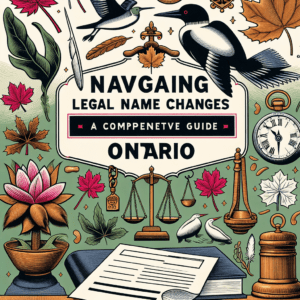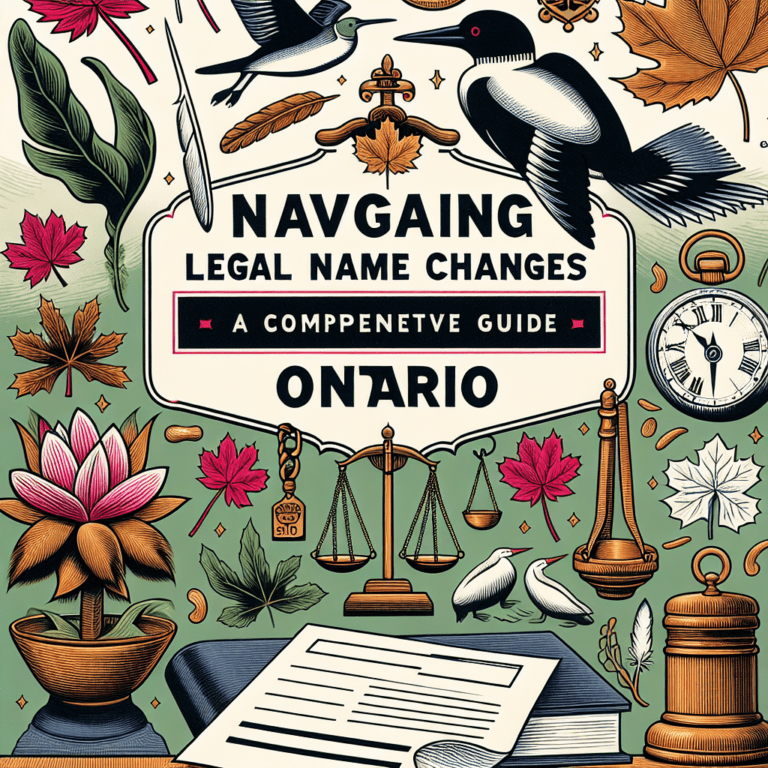===INTRO:===
Navigating the legal working age in Ontario is crucial for both young individuals seeking employment and employers aiming to comply with regulations. The landscape can be daunting, especially for those unfamiliar with the nuances of labor laws. Young workers often find themselves in a precarious position, lacking awareness of their rights and the protections afforded to them. This guide seeks to illuminate the complexities surrounding the legal working age in Ontario and highlight essential employment rights, ensuring that both employees and employers can thrive in a fair working environment.
The Basics of Legal Working Age Regulations in Ontario
In Ontario, the legal working age is primarily governed by the Employment Standards Act (ESA), which stipulates that individuals must be at least 14 years old to work in most industries. However, there are restrictions on the types of jobs that young workers can undertake. For instance, those aged 14 to 15 may not work in hazardous environments or engage in work that could jeopardize their health and safety. This regulation exists to protect young workers from being placed in potentially dangerous situations that could impact their well-being.
Understanding the specific age limits and restrictions is vital for compliance. For instance, while youths aged 16 and 17 can work in a broader range of positions, they too face certain limitations, particularly in industries involving heavy machinery or alcohol service. Employers must familiarize themselves with these regulations to ensure they are not inadvertently violating labor laws. Keeping abreast of these rules can also help foster a positive workplace culture that values the safety and rights of young employees.
To further complicate matters, different sectors may have their unique regulations. For example, the entertainment industry has its own set of guidelines regarding minors in film and television productions. These specialized laws can create confusion for both workers and employers. Therefore, understanding the legal working age in Ontario requires a nuanced approach, recognizing that while the ESA lays the groundwork, other considerations are essential for compliance across various industries.
Key Employment Rights for Young Workers in the Province
Young workers in Ontario are entitled to several important rights that ensure they are treated fairly in the workplace. One of the most significant rights is the entitlement to minimum wage. As of 2023, the minimum wage in Ontario is set at $15.50 per hour, and this applies regardless of the worker’s age. Young employees need to be aware that they have the same wage protections as their older counterparts, preventing any potential exploitation based on age.
In addition to wage protection, young workers in Ontario also have rights to proper working conditions and hours. The ESA outlines specific limits on the number of hours young workers can work, especially during school sessions. For instance, those under 18 cannot work more than 28 hours during a school week, with daily limits also in place to ensure that their education remains a priority. This regulation aims to strike a balance between work experience and the critical importance of education for young individuals.
Moreover, young workers are entitled to breaks during their shifts, ensuring they have time to rest and recharge. Under the ESA, employees must receive at least one 30-minute break after working five hours. This provision is crucial for maintaining health and safety standards in the workplace. Employers must adhere to these rights, or they risk facing penalties for non-compliance. Raising awareness about these rights can empower young workers to advocate for themselves and foster a healthier work environment.
===OUTRO:===
Understanding the legal working age in Ontario and the rights that accompany it is essential for both young workers and employers. By familiarizing themselves with the regulations and protections in place, individuals can ensure a positive and fair work experience. For young workers, this knowledge not only equips them to enter the workforce confidently but also protects their rights against potential exploitation. Employers benefit from compliance with labor laws, creating a supportive atmosphere that encourages growth and development for younger employees. As the landscape of work continues to evolve, staying informed about these essential rights and regulations is a game-changer for everyone involved. For further insights into navigating the employment landscape in Ontario, consider exploring additional resources and connecting with local labor organizations.
Understanding Legal Self-Defense Weapons in CanadaUnderstanding Legal Paper Size: Dimensions and Uses ExplainedNavigating Legal Name Changes in Ontario: A Comprehensive GuideRelevant LinkRelevant LinkRelevant Link



















